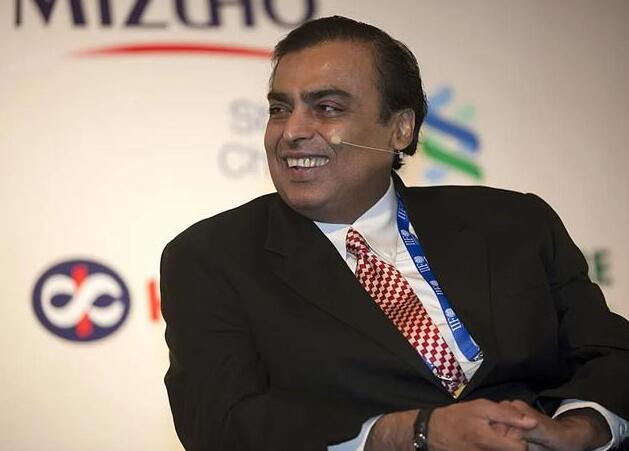Over the past decade, China’s PV has established its position of steadily occupying 80% of the global PV processing market share, bringing the global PV processing pattern into a new historical stage. In the past year, many enterprises in many countries continued to rebuild the local photovoltaic processing industry, trying to challenge the existing global photovoltaic processing pattern, but it seems that most of them have little probability of success. Who can challenge China’s photovoltaic processing? What will the global PV processing pattern be like in the future?

Now, a new challenger that can not be ignored has come.
On October 11, Reliance New Energy Solar Limited (RNESL), a wholly-owned subsidiary of Reliance Industries Ltd (RIL), said that it has acquired 100% shareholding of REC Solar Holdings AS (REC Group) from China National Bluestar (Group) Co Ltd., for a value of $771 million. Its next expansion plan is to add 2-3 GW of battery and module capacity in Singapore, 2 GW of that in France and 1 GW module capacity in the United States. Just a few hours before completing the acquisition of REC, RIL also announced the acquisition of SWSL company, which owned 11 GW solar turnkey projects and more than 50 years of engineering experience in the world.
If RIL is serious about it, it will be a contest of capital and technology in today’s photovoltaic processing market.
The photovoltaic processing industry before 2020 mainly depends on capital. After 2020, it mainly depends on technology. Though REC has more than 600 utility and design patents, of which 446 have been authorized, it couldn’t compete with RIL’s capital. Will it create a successful example of relying on strong capital to catch up with advanced technology?
Although RIL ranks second in India after Tata in terms of scale, it ranks first in India with a market value of more than trillion RMB yuan. Its president Mukesh Ambani is the richest man in India. At present, his personal net assets have reached US $100.6 billion, and is rated as the 11th richest man in the world by Bloomberg. In June this year, he announced that he would invest US $10 billion in new energy in the next three years, to build a “fully integrated, end-to-end renewable energy ecosystem”, aggressively and resolutely.
Although REC has made a number of patented technological breakthroughs, it has neither major technological breakthroughs nor large-scale applications in the past two years. At the same time, the technological progress of photovoltaic processing in China has been updated with each passing day.
In addition to strong capital, RIL has three competitive advantages.
Local photovoltaic market
India’s photovoltaic market is the largest in the world. In 2016, the Indian government proposed to achieve the grand goal of 100 GW photovoltaic installation by 2022, but only 43.6 GW were realized in the first quarter of 2021.
At present, India is launching various supporting policies to promote photovoltaic construction. In the first half of this year alone, India’s import of photovoltaic modules increased by 10 times. At the same time, in order to protect local photovoltaic processing, the Indian Ministry of Finance recently adopted the proposal to impose 25% and 40% tariffs on imported photovoltaic cells and modules from 2022. Recently, India also announced to increase the proportion of manufacturing industry in India’s GDP to 25% in 2022 through other policies.
REC’s advantage in global photovoltaic market
In the global photovoltaic market, REC once had a good brand effect and was also a very international platform. Headquartered in Norway, it also set many operation centers around the globe, including Singapore, North America, Europe, Australia and the Asia Pacific region. It has two solar polysilicon production bases in Norway and a solar cell and module production base in Singapore. With the support of RIL’s strong capital, it will quickly expand to markets such as the United States, Australia, Europe and Asia.
RIL’s bloc competitive advantage
The origin of RIL can be traced back to the 1960s. Ambani’s father successfully established the empire, which has achieved greater progress in Ambani’s hand, involving telecommunications, electric power, petrochemical, finance, e-commerce, life science and other fields
Photovoltaic is the main representative of human energy in the future. In the global photovoltaic processing market, China’s photovoltaic has been dominant, which is an unacceptable reality for many countries. It has become their consensus to challenge the existing global photovoltaic processing pattern.
Today’s global photovoltaic processing pattern is created by the complete market-oriented means of technology and capital in China. To challenge this pattern, in theory, they can only use more advanced technology and more powerful capital. However, China’s photovoltaic processing industry is strong enough, it seems that this road is impassable. Therefore, countries such as India and the United States can only take the road of adopting incomplete market-oriented trade protection plus support policies and allowing users to bear high costs with strong capital support. But is it feasible?



